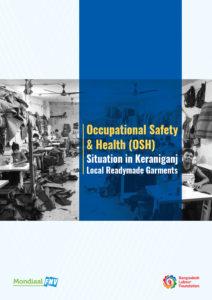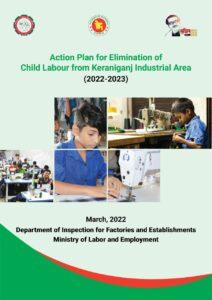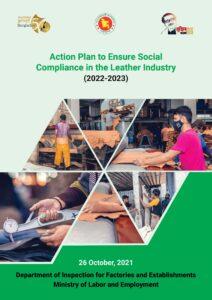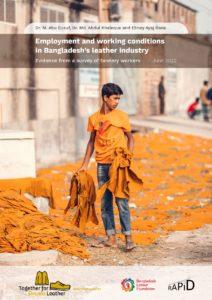Countrywide Tannery Mapping In Bangladesh
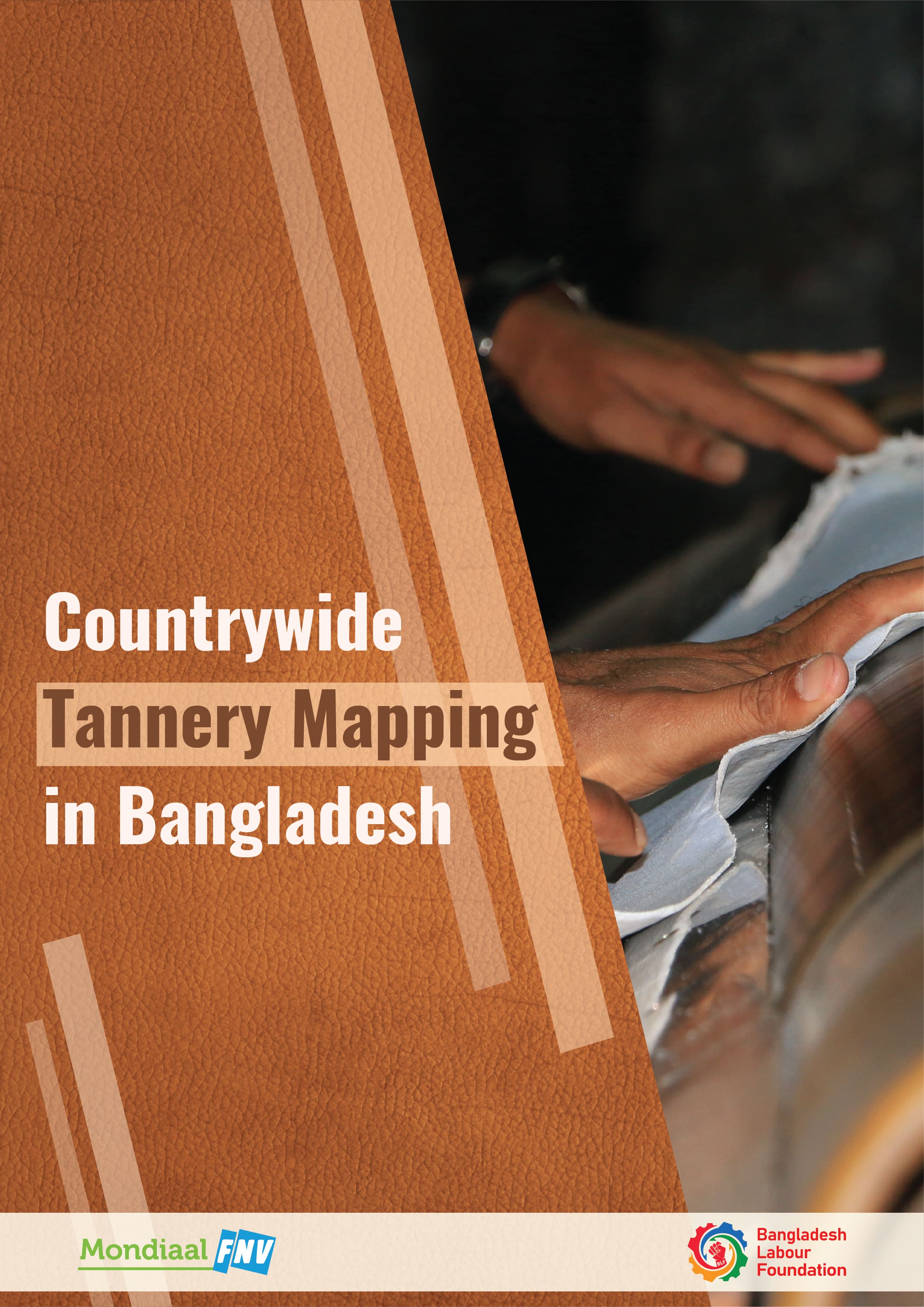
The tanneries are located in five districts of Bangladesh. They are Dhaka, Gazipur, Jessore, Khulna, and Chattogram. In Chattogram, two tanneries were in operation – Madina Tannery and Riff Leather. But Madina tannery was sealed off by the government. One tannery is in operation at Gazipur – Apex Tannery Limited. ABC Leather is located at Zirabo, Ashulia, Dhaka, and Austan Ltd is located in Dhaka EPZ area. The largest number of tanneries are located at Tannery Industrial Estate (TIE) in Hemayetpur, Savar. In total, 155 plots were allocated for tanneries. As of December 2021, 135 tanneries are in operation in TIE. Earlier these tanneries were in Hazaribagh, Dhaka, which was relocated to Hemayetpur.
In terms of labour standards and workplace safety, the leather tanning industry is no exception from the country’s other labour-intensive industries, where sweatshop conditions are commonplace. Even after the relocation that promised better lives and work conditions for the tannery workers, the industry is still struggling to ensure the minimum wage, basic labour rights, and occupational safety and health. Thus, the leather tanning industry in Bangladesh, failing to successfully deal with the challenges of weak environmental compliance on the one hand and poor labour standards and occupational safety on the other, has become subject to underperformance.
The study broadly investigates working conditions in Tanneries and leather industries, the socio-economic conditions of tannery workers, and the implementation status of labour laws in the existing tannery industry.
The specific objectives of the study are mentioned below,
- To explore the tannery industry across the country.
- To assess the working conditions in tanneries and leather industries in Savar and Hazaribagh after the relocation has happened.
- To assess the socioeconomic aspects of tannery workers (i.e., age, gender, sex, education, disability status, living conditions, water and sanitation, and health).
- To assess the economic realities of tannery workers (i.e., earnings, expenditure, savings, and credit).
- To assess the local tanneries’ supply chain linkages and recent export performance.
- To assess the prevalence of child and female labour in tanneries.
- To assess the specified problems and barriers in terms of maintaining International Labour Standards (i.e., labour rights, and labour laws)
- To assess the status of occupational safety and health standards at work in Tanneries and leather industries.
- To assess the current status of tannery workers in terms of their accommodation, transport facilities, employment facilities (Training, Canteen, weekly day-off, and Social Security Scheme) and other welfare issues after the relocation of tanneries, as well as workers’ knowledge of labour rights.
- To assess the impact of the recent relocation of the tannery hub from Hazaribagh to Savar in terms of workers’ access to basic services such as housing, medical facilities, schools etc.
- To assess the barriers to ensuring suitable workplace conditions for tannery workers.
- To make recommendations to major stakeholders on how to ensure that tannery workers have appropriate working conditions.
Related posts
